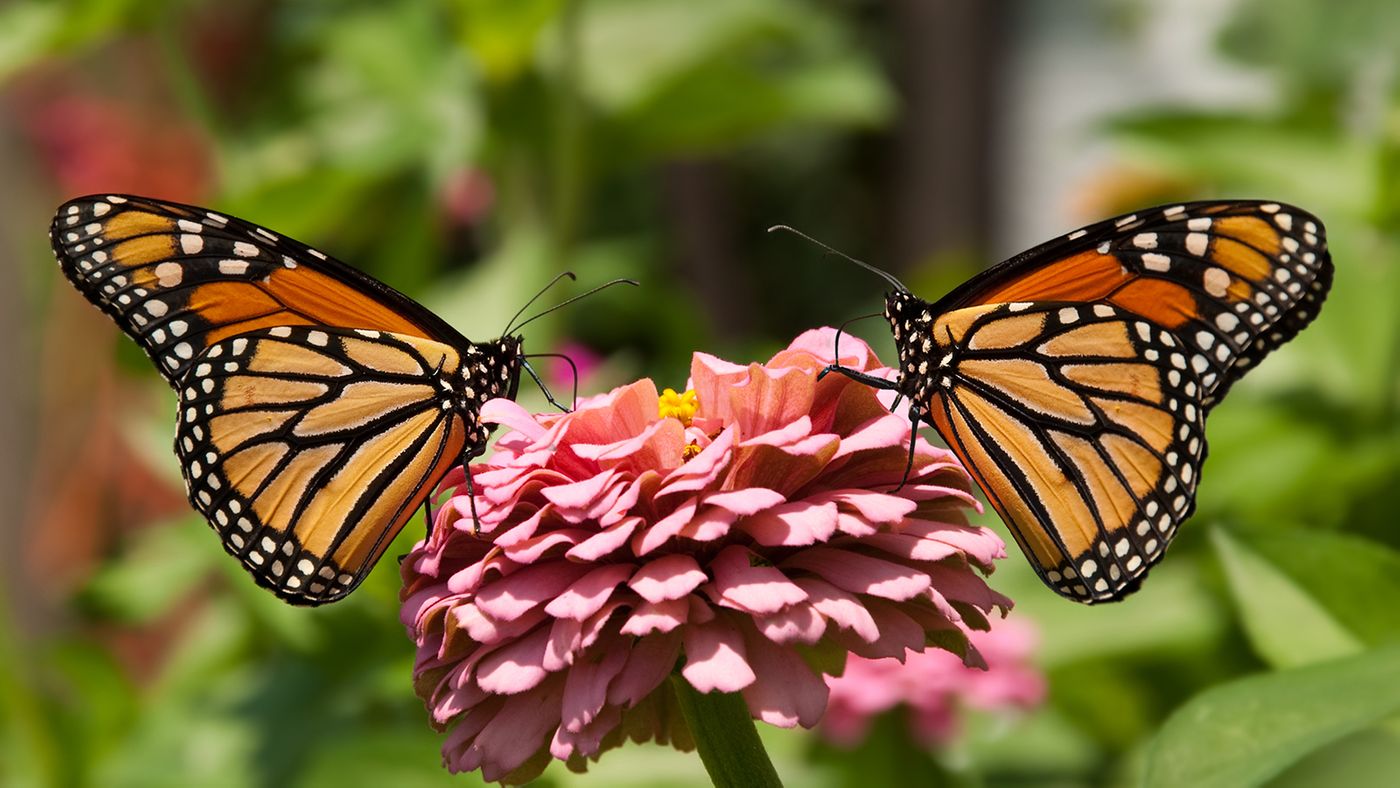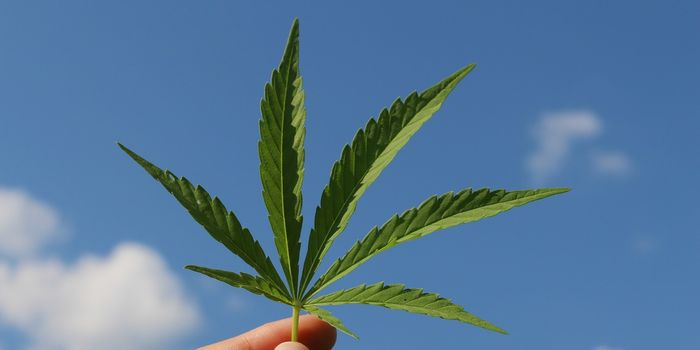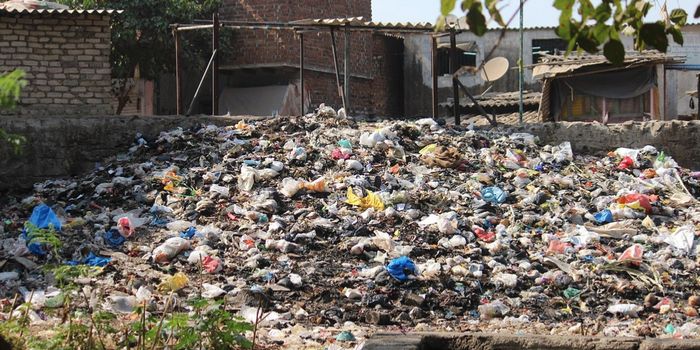UK Scientists Are Shocked by "Record Lows" in Butterfly Count
Butterflies love it when it’s warm and dry outside. It’s the perfect time for them to spread their wings and get to work on pollinating flowers. During warmer climates like this, common in the Summer time, butterflies are the most likely to be seen in the wild. That’s why scientists primarily use the Summer time of the year to survey them on an annual basis.

Image Credit: National Geographic
Surprisingly, scientists based out of the UK are reporting that this year’s butterfly sightings yielded a record low for the country despite the fact that the Summer there this year has been warmer and drier than the previous year.
The annual Big Butterfly Count, a science project driven by the country’s butterfly-loving citizens, was the source of these new claims. The results of 390,000 spotted butterflies in total are leaving scientists both baffled and confused.
“The drop in butterfly numbers this summer has been a shock,” said Butterfly Conservation’s Richard Fox. “When we have cold, wet summers, as in 2012, we expect butterfly populations to plummet, but that wasn’t the case this year.
“The summer months were warmer than usual, yet most Big Butterfly Count participants saw fewer butterflies. Perhaps the very mild winter had a negative effect, or the cold spring, or perhaps the impacts of intensive farming and pesticides are really hitting these common species now.”
Some butterfly species were hit harder than others in this year’s survey, however other species types are actually flourishing.
For example, the Small Tortoiseshell Butterfly and Peacock Butterfly both dropped in sightings over last year from 42-47%. The Peacock Butterfly’s sightings are down up to 6x from three years ago, of particular concern.
Other butterfly species, like the Red Admiral, are actually doing well; their numbers were recorded to be up to 70% higher over last year, while the Green-Veined White Butterfly saw an increase of about 58%.
Despite a number of species seeing a decline and some others seeing an incline, butterfly sightings overall are still drastically down from past surveys and there’s really no good explanation for it.
One theory is that the Winter and Spring were less than optimal. The Winter wasn’t very cold this past year, while the Spring failed to warm up quickly enough. These kinds of temperature changes, although minor, can have a significant impact on wildlife and their ability to survive.
These realities may be the result of climate change, an ongoing problem we battle today that continues to have a negative impact on all kinds of species around the world.
There's no clear indicator just yet about whether or not butterfly species will yield better numbers next year, or if this will be an ongoing problem.
Source: Big Butterfly Count via The Guardian








